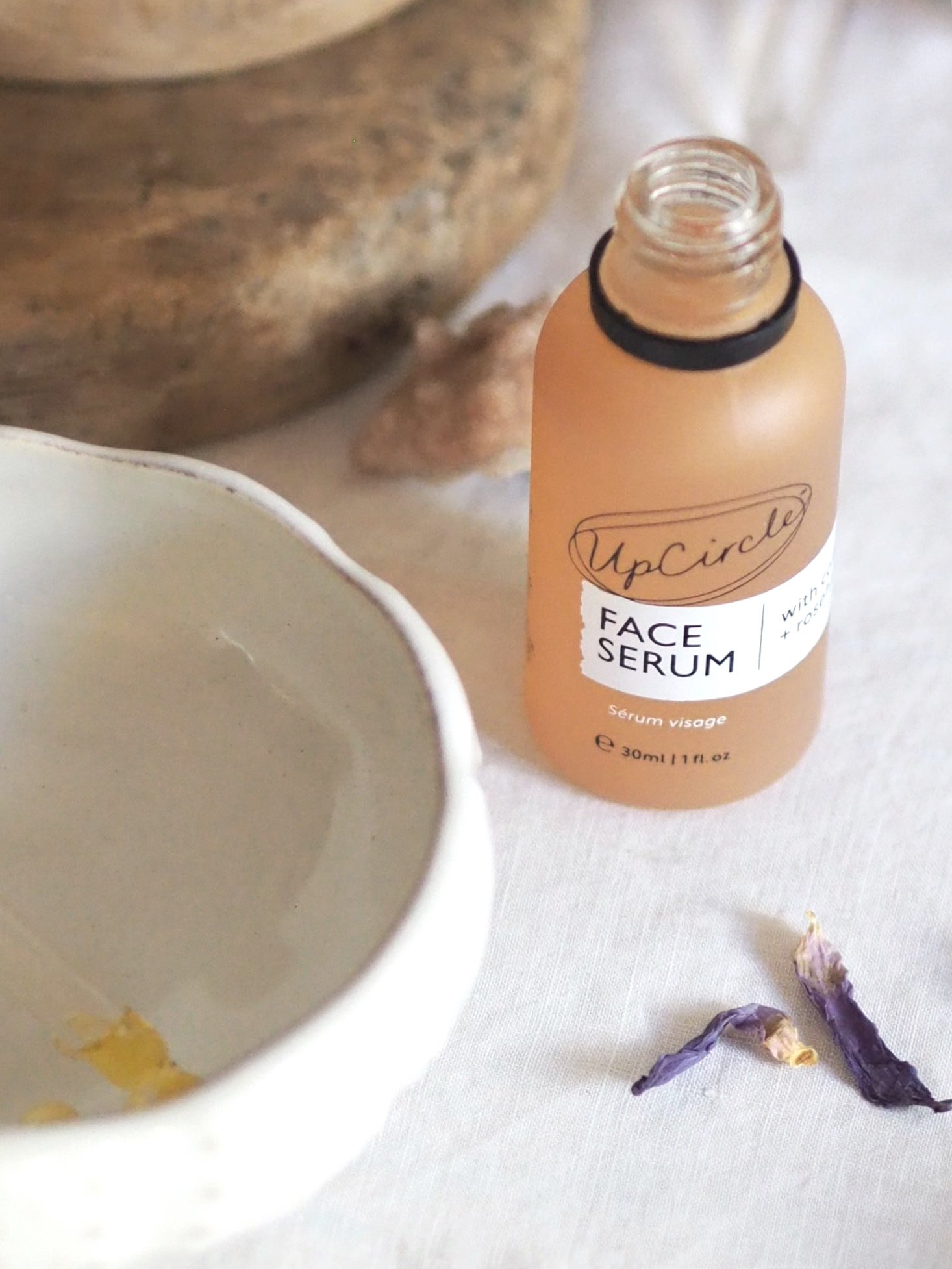Unlocking the Flow: Nurturing Your Inner Waters, Sacral Chakra, and Emotions
Women gather by the waters, drawn to the ritual of bathing, fetching fresh drinking water, and sourcing water for cooking. Here, they come together to share their daily toils and emerge rejuvenated. The flowing waters bestow renewal, cleansing away the vestiges of the past. These precious waters require safeguarding, for they, in turn, breathe life into the community. Just as our innermost essence takes root in the womb, giving rise to creation.
The sacral chakra, nestled in the lower abdomen, known as svadhishthana in Sanskrit, meaning "where the self is established" or "sweetness," is the wellspring of elemental pleasure. It serves as the bedrock of our sexual organs, the locus of our physical and spiritual potential for creation. The physical region housing our sacral chakra encompasses the spleen, reproductive organs, urinary tract, uterus, and kidneys. Here, sensuality, sexuality, desire, and reproduction reign supreme, shaping our emotional currents and yearnings.
Exploring the emotional terrain linked to this part of our being uncovers a landscape of boundaries, trust, emotional connections, warmth, and intimacy. The persistent feeling of inadequacy fosters insatiability, an unquenchable thirst for more. Yet, the antidote to this insatiable hunger lies in self-love and the pursuit of pleasure. Traumas and life experiences that cast their shadows on this chakra include sexual abuse, emotional maltreatment, enmeshment, manipulation, alcoholism, emotional suppression, and unmet sexual desires and needs. An imbalance in this chakra compels an excessive quest for external satisfaction to fill an inner void.
This chakra is closely entwined with physical ailments afflicting the reproductive organs, painful menstruation, urinary tract issues, adrenal imbalances, blood sugar irregularities, sexual dysfunction, frigidity, low back pain, knee troubles, emotional numbness, and a diminished appetite for life's pleasures. Healing this chakra is attainable through movement, dance, emotional release, and the establishment of healthy boundaries.
Each chakra is associated with specific physical, emotional, and spiritual aspects of a person's well-being. The sacral chakra is located in the lower abdomen, just below the navel, and is often depicted as being orange in color.
Here's a detailed explanation of the sacral chakra:
Location: The sacral chakra is situated in the pelvic area, between the base of the spine (root chakra) and the solar plexus chakra (located in the upper abdomen). It is specifically centered about two inches below the navel.
Color: Its associated color is orange, and this color is often used in chakra healing practices, such as meditation or visualizations.
Element: The sacral chakra is associated with the element of water. Water symbolizes the flow, emotions, and the adaptability of this chakra.
Symbolic Representation: The sacral chakra is often symbolized by a lotus flower with six petals, and it is associated with the moon, which influences the tides of water, reflecting the chakra's connection to emotions and fluidity.
Key Qualities and Attributes:
Emotions: This chakra is linked to emotions, passion, pleasure, and creativity. It governs your ability to experience and express your feelings and desires.
Sexuality: It's the center of sexual energy, and it plays a significant role in your sexual identity and relationships.
Creativity: The sacral chakra is associated with artistic and creative expression. It is where your creative energy and inspiration flow.
Desire: This chakra is related to your desires, whether they are related to physical pleasures or other life goals.
Relationships: It influences how you relate to others, especially in terms of emotional connections and intimacy.
Imbalance and Healing: When the sacral chakra is imbalanced, it can manifest in various ways, including sexual or emotional issues, creative blocks, and difficulty in forming healthy relationships. Healing the sacral chakra often involves practices such as meditation, yoga, energy healing, and working with the color orange or associated gemstones. Engaging in activities that promote creativity and emotional expression, such as art, music, or dance, can also help balance the sacral chakra.
Affirmations: Affirmations can be used to help balance and heal the sacral chakra. Positive statements that focus on creativity, emotional expression, and healthy relationships can be used during meditation or self-reflection.
Balancing and opening the sacral chakra can lead to a greater sense of emotional well-being, creativity, and fulfillment in various aspects of life, including personal relationships and self-expression. It is an essential component of the overall energy system in the body, and keeping it in balance is believed to promote physical, emotional, and spiritual health.
Balancing and unblocking the sacral chakra involves a combination of physical, emotional, and spiritual practices. Here are some tips to help you work on unblocking your sacral chakra:
Meditation: Regular meditation can help you connect with and balance your sacral chakra. Focus on the chakra's location, visualize it as an orange spinning wheel of energy, and breathe deeply as you imagine the chakra opening and becoming balanced.
Chakra Affirmations: Use positive affirmations related to the sacral chakra. Affirmations can help reprogram your thoughts and beliefs. Examples include "I allow my emotions to flow freely," "I embrace my creativity," and "I am in touch with my sensuality."
Yoga: Certain yoga poses can help open and balance the sacral chakra. Poses like Bound Angle Pose (Baddha Konasana), Child's Pose (Balasana), and Hip-Opening Poses like Pigeon Pose (Eka Pada Rajakapotasana) can be particularly beneficial.
Sacral Chakra Stones: Crystals and gemstones associated with the sacral chakra, such as carnelian and orange calcite, can be used during meditation or carried as pocket stones to help balance the energy.
Aromatherapy: Use essential oils like orange, ylang-ylang, and sandalwood to create a soothing and balancing atmosphere. You can diffuse these oils or add a few drops to your bath.
Color Therapy: Surround yourself with the color orange. Wear orange clothing, decorate your space with orange objects, and incorporate orange into your daily life.
Embrace Creativity: Engage in creative activities that inspire you, whether it's painting, dancing, writing, or any form of artistic expression. This helps to unblock creative energy associated with the sacral chakra.
Journaling: Keep a journal to explore and express your emotions and desires. Reflect on your past experiences and relationships that may have impacted your emotional well-being.
Healthy Relationships: Work on your relationships, both with yourself and with others. Strive for open and honest communication, and set healthy boundaries. Address any past emotional wounds or traumas that might be affecting your current relationships.
Release and Forgiveness: Let go of emotional baggage and grudges from the past. Forgiving yourself and others can free up emotional energy and help balance the sacral chakra.
Healthy Lifestyle: Pay attention to your physical well-being. Eat a balanced diet, stay hydrated, get regular exercise, and ensure you get enough rest and sleep.
Energy Healing: Consider energy healing modalities like Reiki or acupuncture, which can help balance your chakras.
Chakra Balancing Practices: Work with a trained energy healer or therapist who specializes in chakra balancing if you're having persistent issues with your sacral chakra.
Remember that unblocking and balancing chakras may take time, and it's essential to be patient and kind to yourself during the process. Also, everyone's journey to chakra healing is unique, so what works for one person may not work exactly the same way for another. Experiment with different practices and techniques to find what resonates best with you.
Plants that resonate with this chakra's energy include hibiscus, raspberry leaf, yarrow, and rose.
When it comes to chakra healing and balancing, some people believe that specific plants and herbs can be associated with each chakra. For the Solar Plexus chakra, which is related to personal power and confidence, you might consider the following plant allies:
Ginger: Ginger is associated with boosting confidence and self-esteem, which aligns with the Solar Plexus chakra's attributes.
Chamomile: Chamomile is known for its calming and soothing properties, which can help reduce anxiety and boost your self-assurance.
Lemon balm: Lemon balm is believed to promote a sense of inner strength and self-confidence, aligning with Solar Plexus energy.
Turmeric: Turmeric is associated with vitality and energy, which can support the Solar Plexus chakra's functions.
Remember that chakra work and the use of plant allies are based on spiritual and holistic practices, and their effectiveness varies from person to person. If you're interested in using these plants for chakra balancing, you can incorporate them into teas, aromatherapy, or meditation rituals.
Some of the images used in this content have been sourced from Pinterest for illustrative purposes. Due to the nature of Pinterest and the widespread sharing of images, it may not always be possible to provide proper attribution or credit to the original creators of these images. All images have been selected from our saved boards and can be viewed at your leisure.











